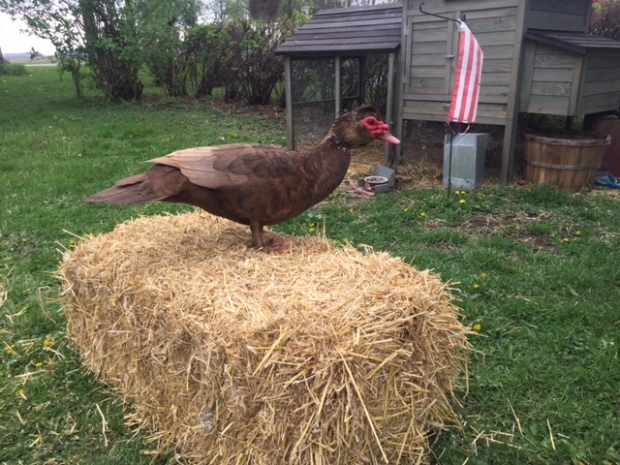Every spring vibrant pink flowering crab-apple trees line the main road through town. Proud American flags wave at passers-by in between each of the beautiful flowering trees, impressing on residents and visitors that this is a patriotic small town. A town that respects its American heritage and history. A town that is welcoming, and lovely, and a great place to live.
On sunny days, families enjoy a city park with an impressive Veterans Memorial, state-of-the-art playground equipment, a band shell, and accessible sidewalks which blend in with many established and well-maintained trees that provide respite and joy. At the north edge of town, a community recreation park is home to a pool, baseball field, basketball court and tennis court. On the eastern edge of town, a pond and large Forest Preserve park provide additional recreational enjoyment opportunities for residents and visitors alike.
Every item just mentioned – the trees, the American flags, and the parks – are in existence because of local businesses, local organizations, and tax revenue dollars. When you shop local, the amount of tax you pay stays in the community, allowing the local government to distribute those tax dollars in a way that is best for the entire community. At the very foundation of this ideal, rural community are its many businesses who not only provide tax revenue dollars, but also support the local organizations, school, fire departments, and tax-payers.
This small-town community I am referring to is Bement, Illinois. We are lucky to have more than 20 locally owned and operated businesses in a town of 1,800. Our local businesses provide a variety of services to consumers far greater than what chain stores can provide.
To get a better understanding of the quality of service, let’s look at the impact that local businesses have on a community. Say you spend $100 at a local business. That $100 is taxed at nearly 1% and $1 goes to the local government to support residential programs. The remaining $99 goes to the local business to keep product on hand for consumers, to provide paychecks for their employees, and to donate back to the community. Those dollars also help local homeowners to pay for homes, vehicles, and other needs. This impact of locally owned businesses is often referred to as “the multiplier effect”. This impact is indirect and is not easily recognized, and so we must educate ourselves and understand the importance of using and supporting local. Dollars spent locally re-circulate into the local community. According to the American Independent Business Alliance, local re-circulation of chain business revenue is 34.5%, where local re-circulation of locally owned businesses is double that at 65.4%. It is important to understand that when we spend dollars outside of our own community, we are supporting that other town’s parks, programs, and schools. When we spend dollars outside of our community, our own community loses an opportunity to support our own fire districts, schools, organizations, and programs.
Local businesses also impact local real estate. One of the key factors that drive the real estate market is the local economy. A healthy local economy translates into a healthy real estate market. Essentially, when we spend money outside of our own community, we are supporting another community’s real estate market, allowing their property values to increase.
The Bement Village board is considering permission for a chain store, Dollar General, to open its doors. According to Huffington Post, “once or twice every month, someone from a small town reaches out to ILSR (Institute for Local Self-Reliance) for help confronting a dollar store development.” Dollar stores and other chains have the power and funding to keep their doors open in small towns for multiple years. They bide their time until they have pushed smaller businesses to close their doors, leaving the chain store as the only option for small town residents. ILSR has also noticed a trend that “if the town already has a grocery, that store will lose roughly 30 percent of its business.” In the community of Bement, local supporters understand that the opening of a dollar store in Bement will not only negatively affect our local grocery store, but other local business owners as well. If local owners lose business, that will turn in to less money that will circulate in the Bement community – less dollars to help support the schools, fire districts, organizations, and community programs.
Let’s remember how the patriotic rural town with blossoming crab-apple trees and community parks came to be. It did not develop overnight, but over many years and many generations of a community that supports local. We all have the power to influence your community with your dollars and decisions. Use your power and make decisions that benefit the greater good.
Sources:
https://www.huffingtonpost.com/entry/dollar-stores-small-town-businesses_us_5beefe6ae4b0f7192ca9342e
https://www.huffingtonpost.com/entry/dollar-stores-small-town-businesses_us_5beefe6ae4b0f7192ca9342e






